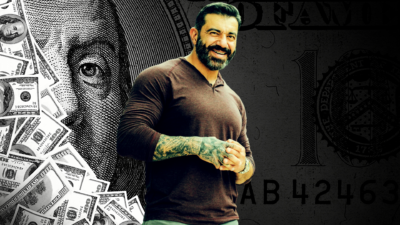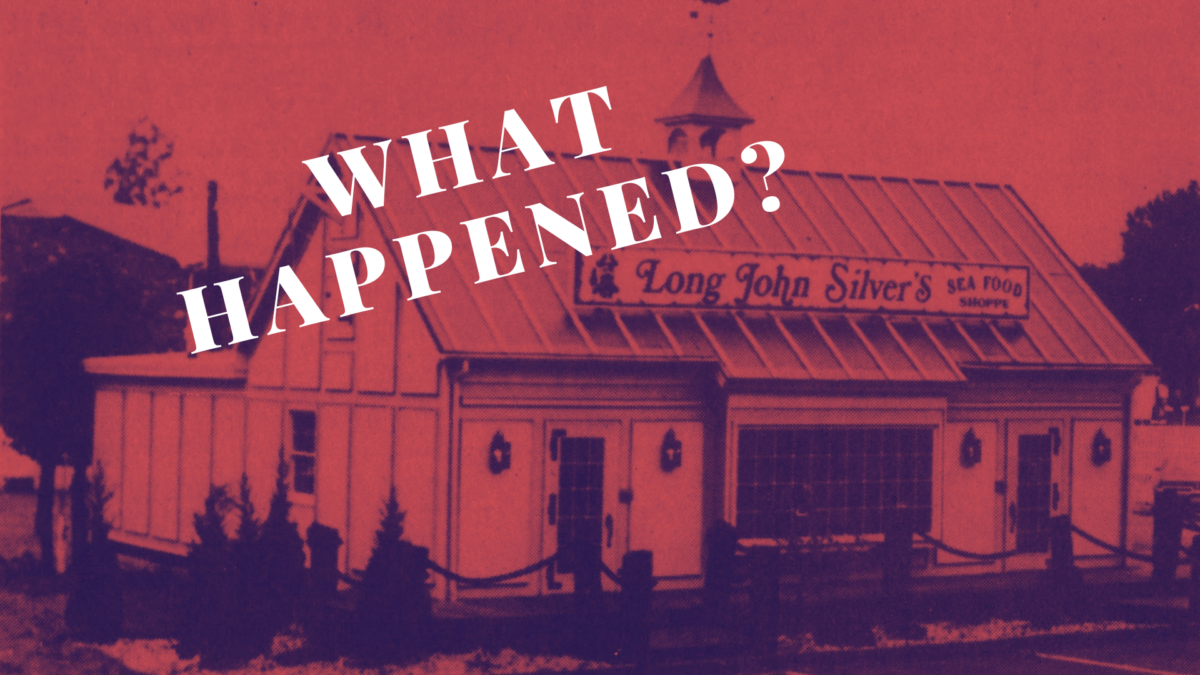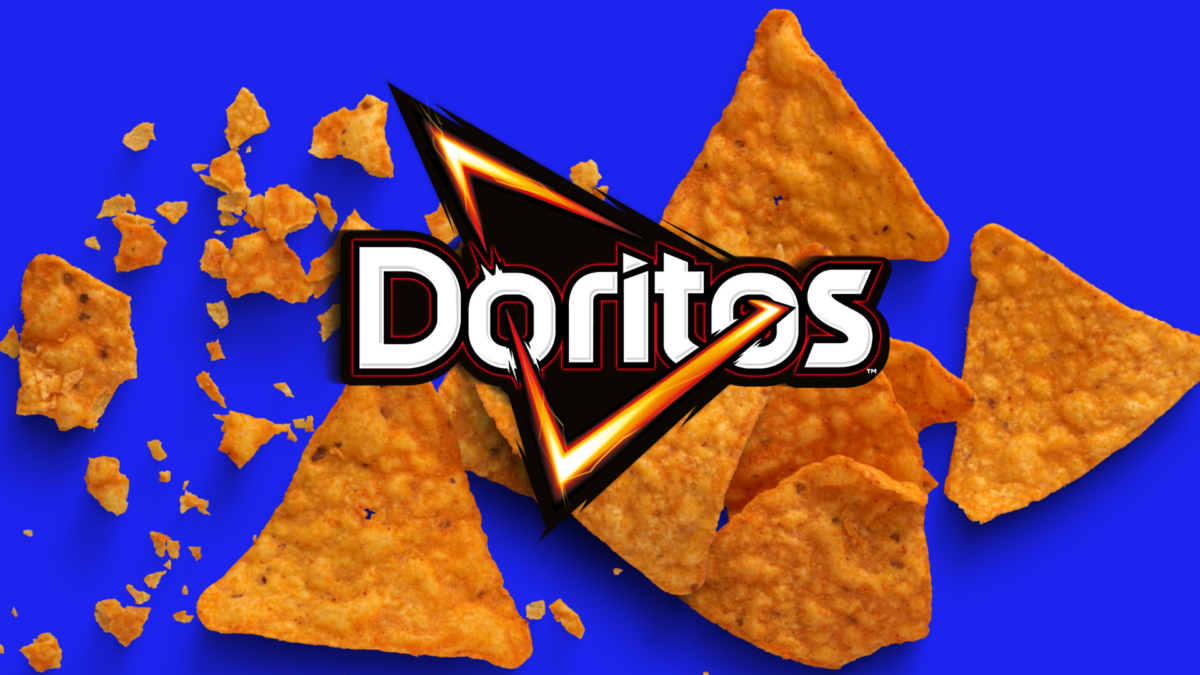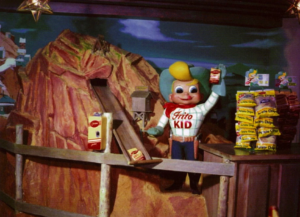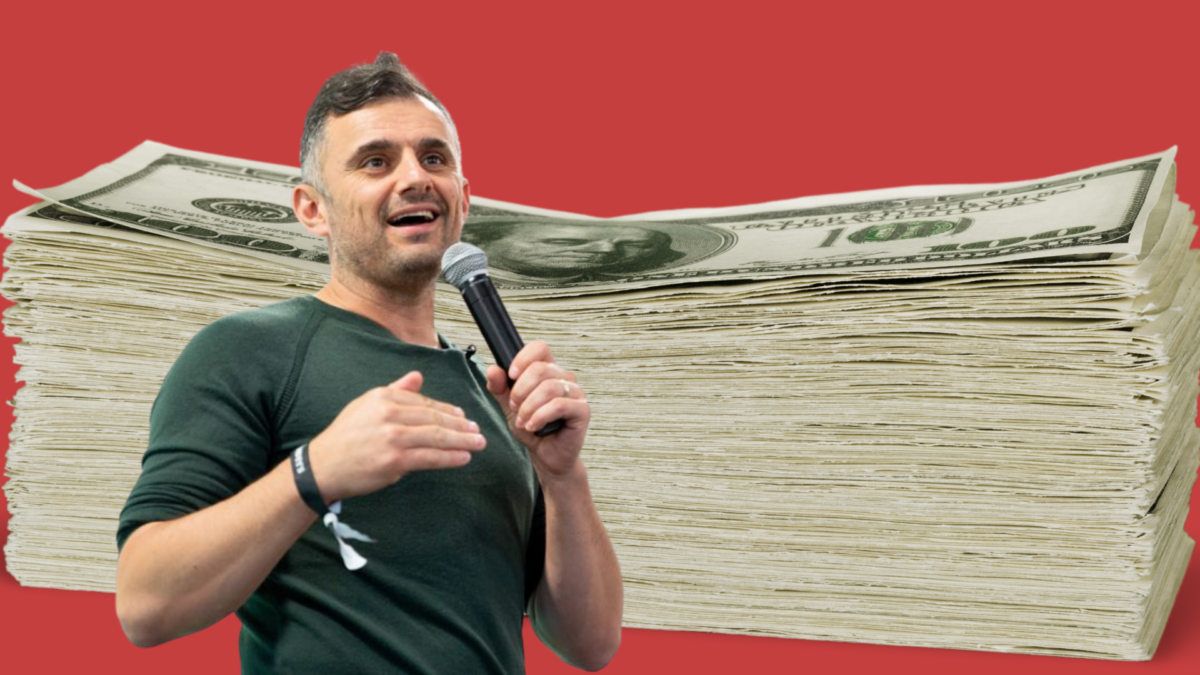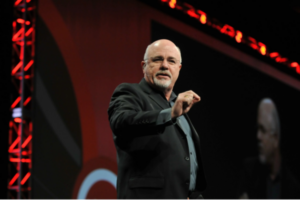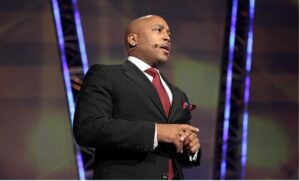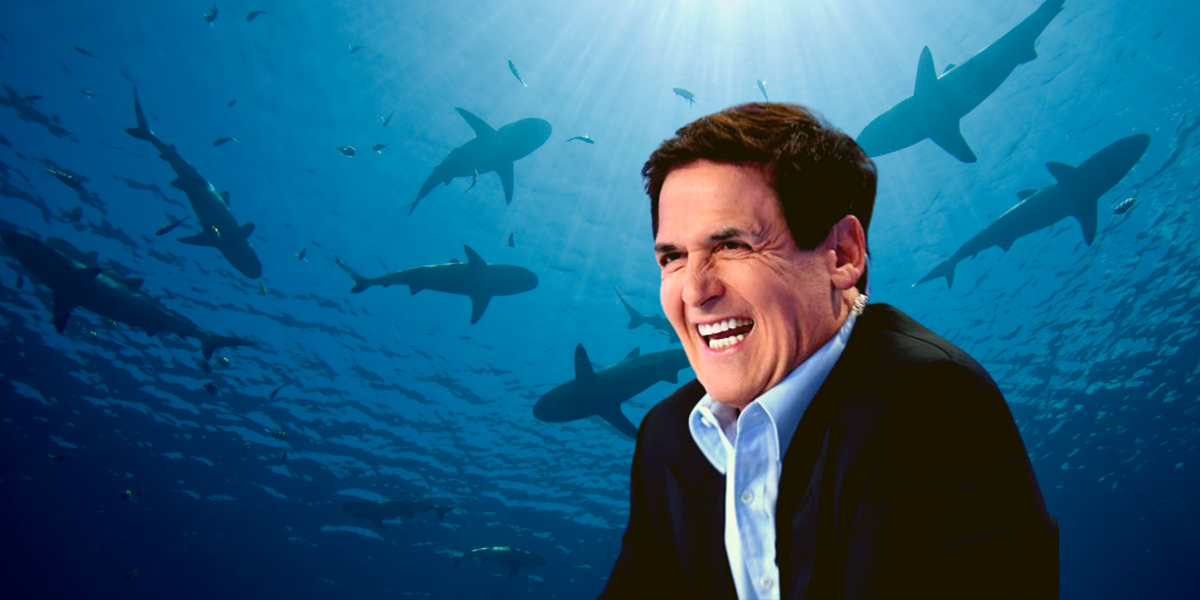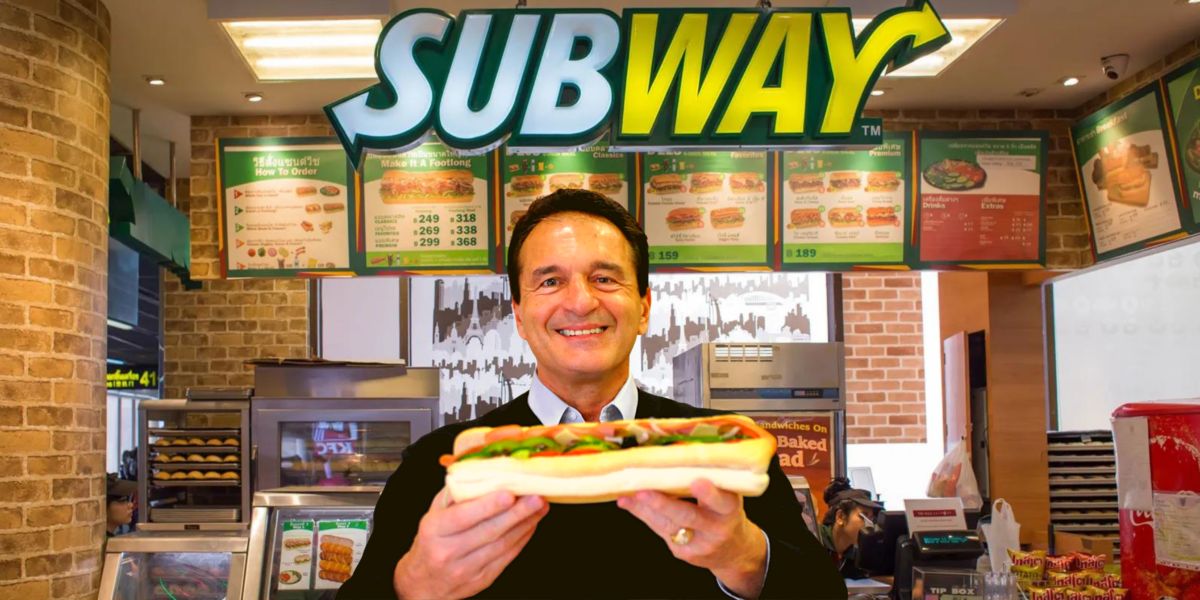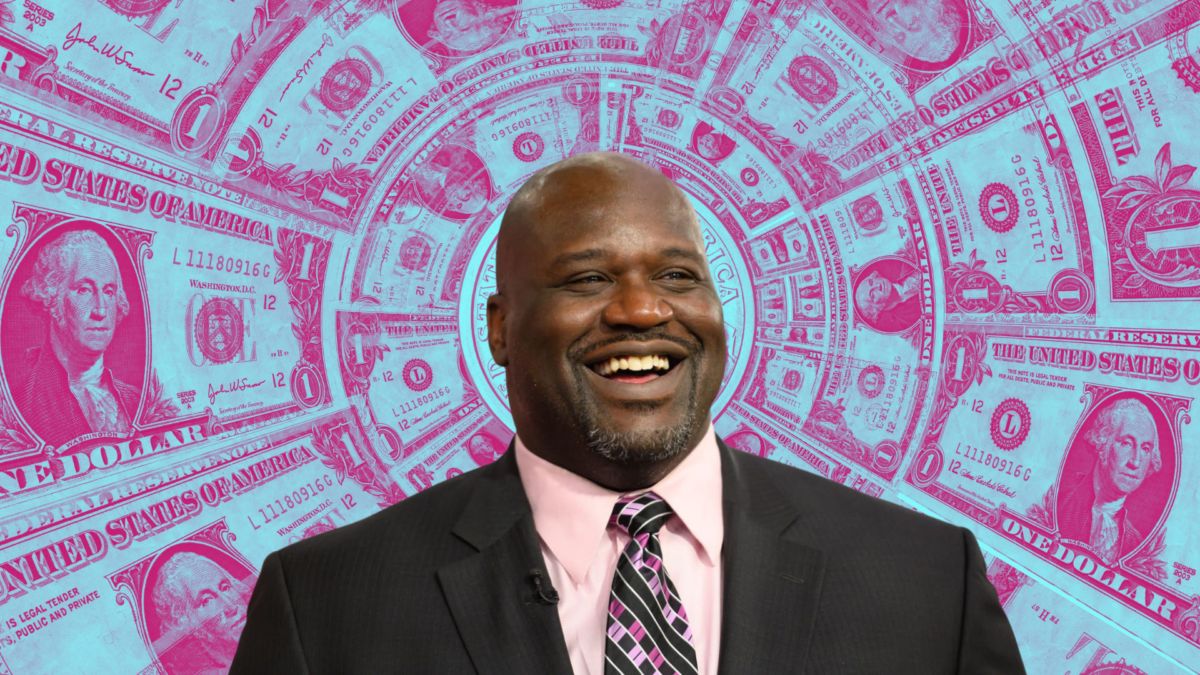No products in the cart.
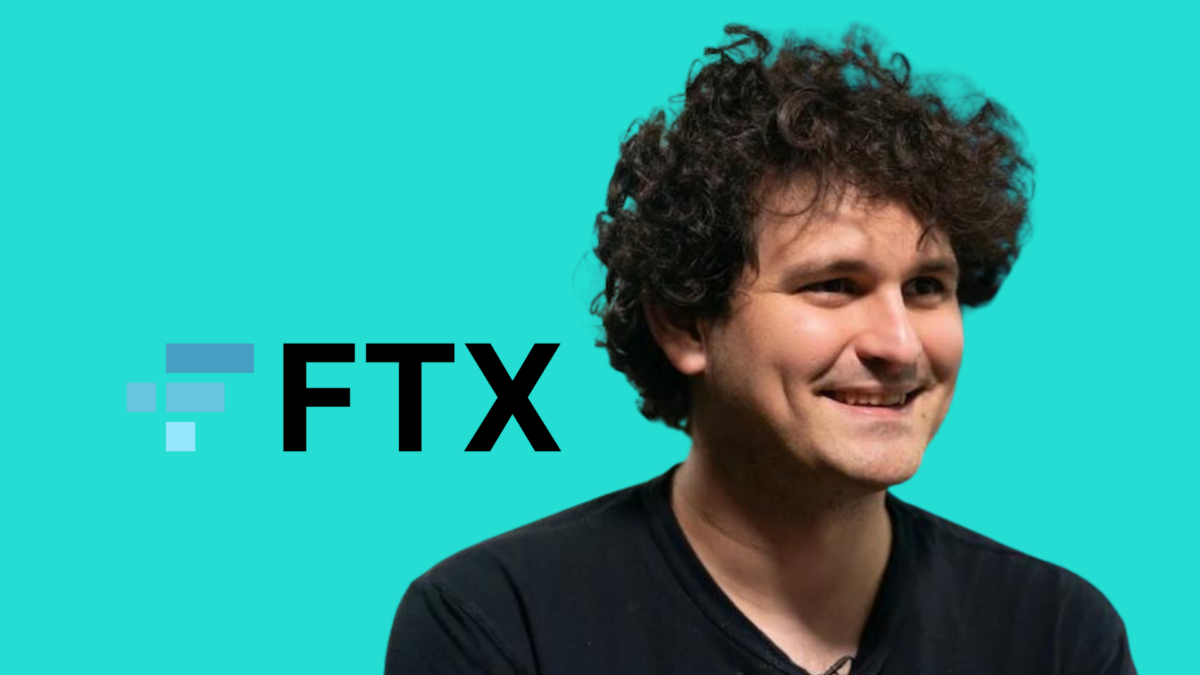
The FTX Scandal Unraveled: How it Impacted the Cryptocurrency World…
Cryptocurrencies have come a long way since the creation of Bitcoin in 2009. Today, there are thousands of cryptocurrencies available, with a total market capitalization of over $2 trillion. However, with the rise of cryptocurrencies, there has also been an increase in scams and scandals. One such scandal that has rocked the cryptocurrency world is the FTX scandal. In this article, we will discuss the FTX scandal, how it impacted the cryptocurrency world, and what lessons can be learned from it.
What is FTX?
FTX is a cryptocurrency exchange that was founded in 2019 by Sam Bankman-Fried and Gary Wang. The exchange quickly gained popularity due to its advanced trading features, such as leverage and futures trading. In addition, FTX was known for its strong focus on user experience and customer support. By the end of 2020, FTX had become one of the largest cryptocurrency exchanges in the world.
Who is Sam Bankman Fried?
If you don’t know him, Sam Bankman-Fried is a computer scientist and entrepreneur. He is the founder and CEO of Alameda Research, a cryptocurrency trading firm, and FTX, a cryptocurrency derivatives exchange. He is also the founder of Alameda Charity, which provides grants to projects aimed at improving the cryptocurrency industry. Bankman-Fried is an outspoken advocate for the cryptocurrency industry and is well-known for his involvement in blockchain projects.
The FTX Scandal
In early 2021, the FTX scandal came to light. It was revealed that FTX had been engaging in wash trading, a form of market manipulation. Wash trading is the act of buying and selling the same asset simultaneously to create fake trading volume. This can deceive traders into thinking that there is more liquidity than there actually is, which can cause them to make trades that they wouldn’t have made otherwise.
The FTX scandal was particularly shocking because FTX was one of the most reputable cryptocurrency exchanges at the time. The exchange had built a strong reputation for being trustworthy and transparent, and had even received investments from prominent firms such as Binance and Coinbase.
Impact on the Cryptocurrency World
The FTX scandal had a significant impact on the cryptocurrency world. The news of the scandal caused FTX’s trading volume to plummet, and many traders withdrew their funds from the exchange. In addition, the scandal damaged the reputation of the entire cryptocurrency industry, which was already struggling with a perception problem due to its association with scams and illegal activities.
How Big Was the FTX Scandal?
As 4th largest crypto exchange, at one point FTX was values at an estimated $32B. The Wall Street Journal reports that Sam may have illegally taken about $10 billion in FTX customers’ funds for his trading firm. His company has collapsed and in additional to it’s default on $32b in debt, the FTX scandal caused $800b worth of crypto to leave the crypto market overnight.
Lessons Learned
The FTX scandal serves as a cautionary tale for cryptocurrency exchanges and traders alike. It highlights the importance of transparency and honesty in the cryptocurrency industry. Exchanges must be transparent about their trading practices, and traders must be wary of exchanges that engage in market manipulation.
In addition, the FTX scandal underscores the need for regulation in the cryptocurrency industry. While the industry has largely operated outside of traditional financial regulations, the FTX scandal shows that there is a need for greater oversight to prevent market manipulation and protect investors.
Conclusion
The FTX scandal was a significant event in the cryptocurrency world. It highlighted the importance of transparency, honesty, and regulation in the industry. While the scandal had a negative impact on FTX and the cryptocurrency industry as a whole, it also served as a wake-up call for the industry to address issues related to market manipulation and investor protection.
Here’s the bizarre story here…
WATCH:
For more information visit tylerhayzlett.com




